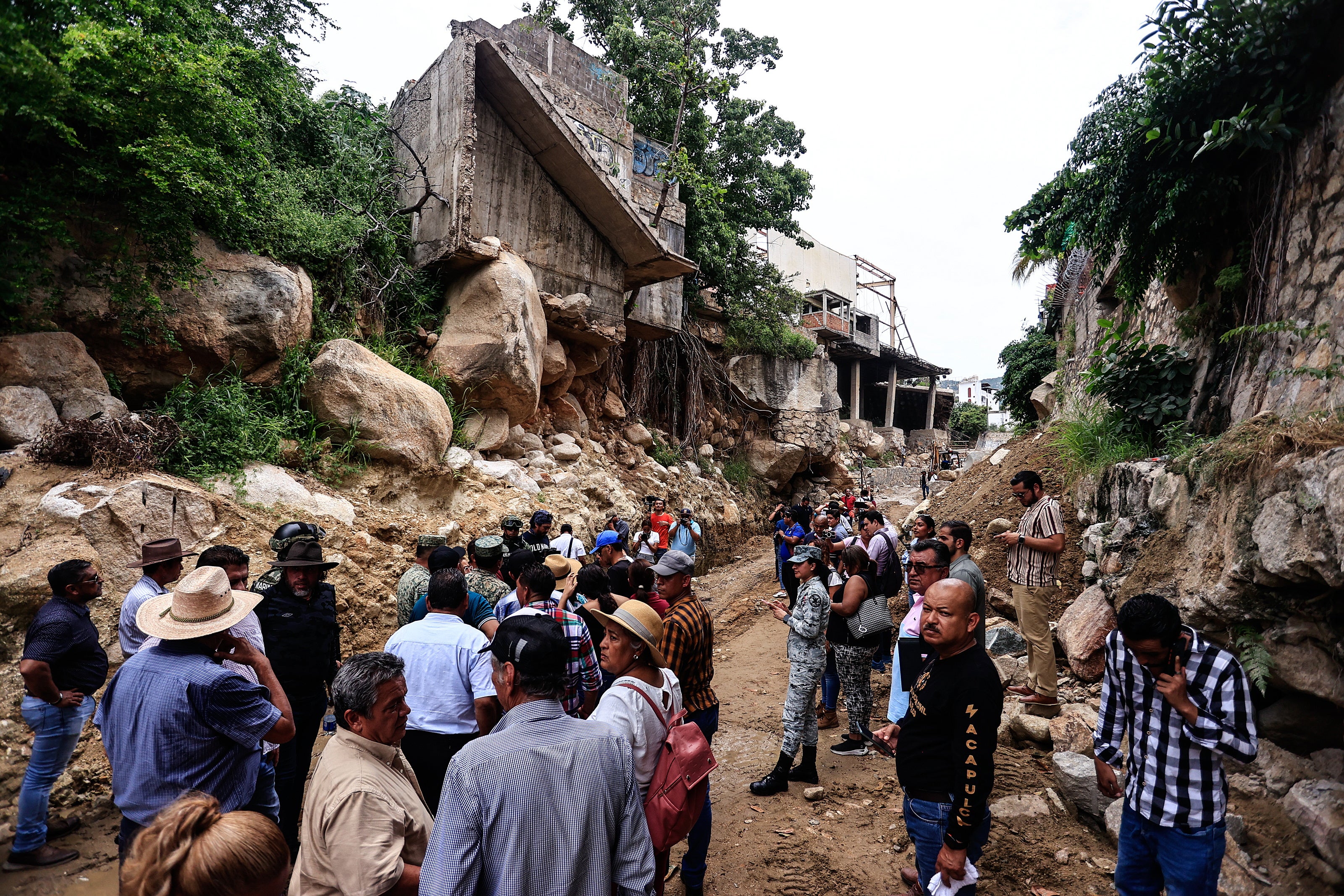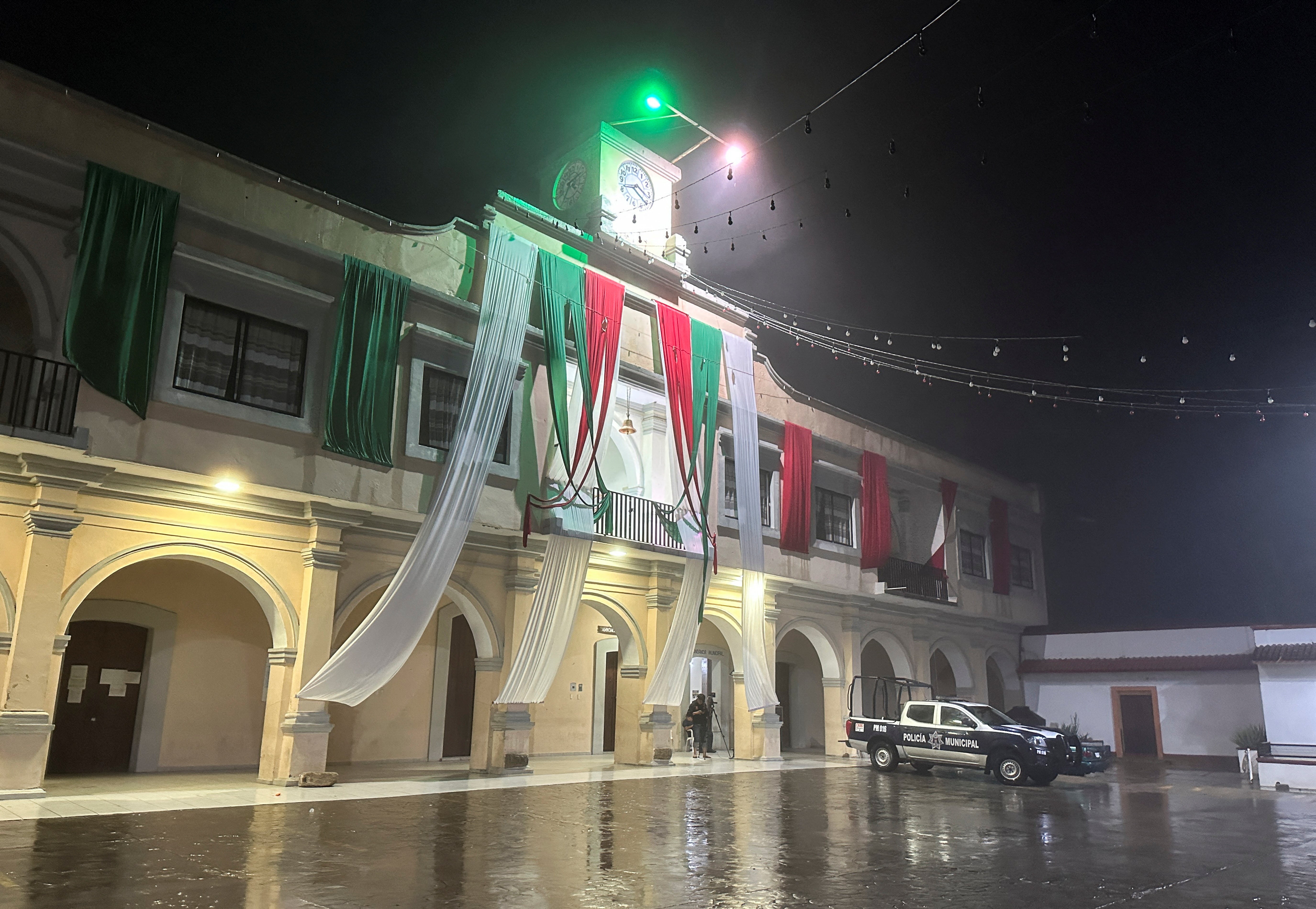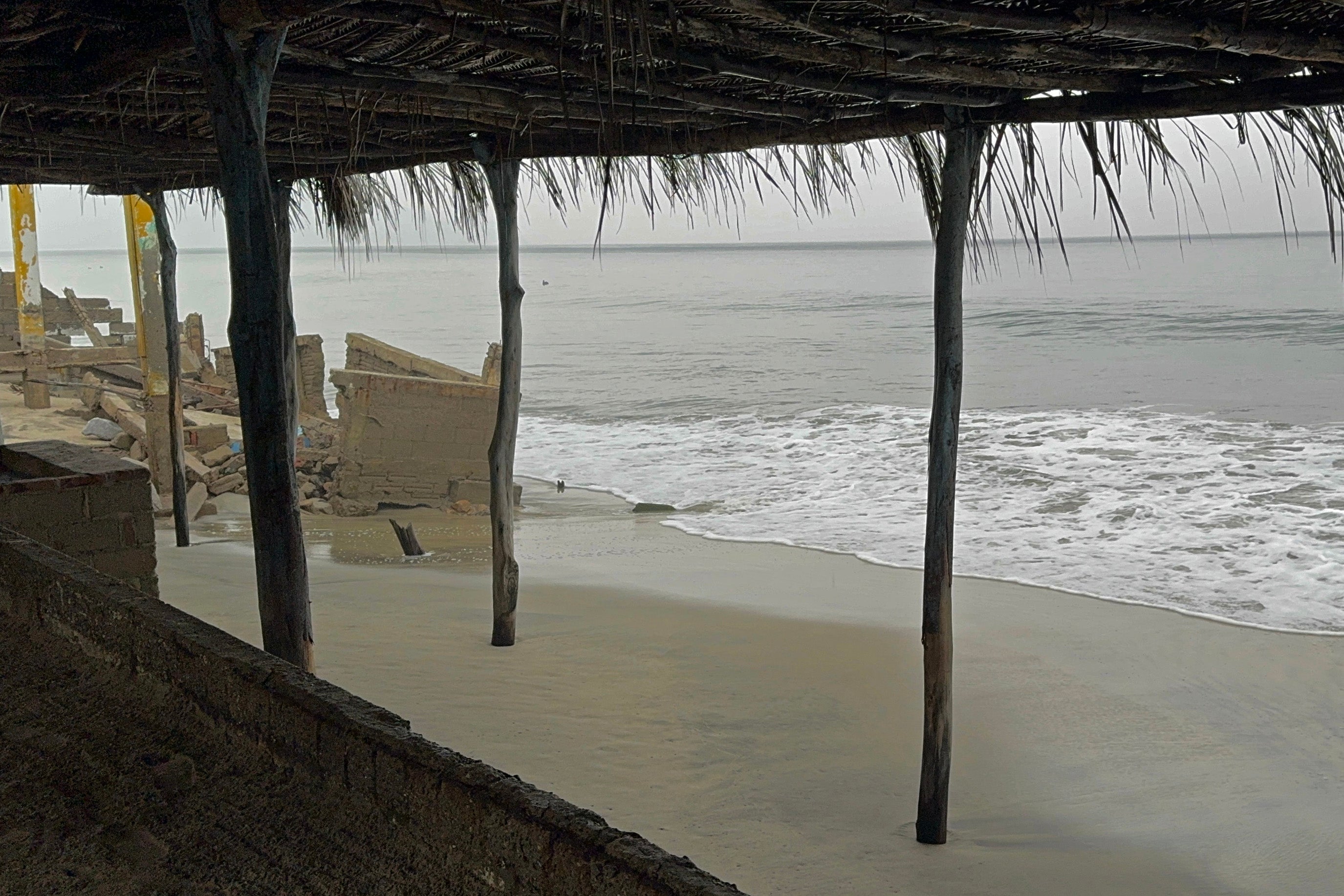Hurricane John makes landfall in Mexico with threat of ‘extraordinary’ rainfall and catastrophic flooding
Hurricane John makes landfall after intensifying from a tropical storm to a major hurricane in a matter of hours

Your support helps us to tell the story
From reproductive rights to climate change to Big Tech, The Independent is on the ground when the story is developing. Whether it's investigating the financials of Elon Musk's pro-Trump PAC or producing our latest documentary, 'The A Word', which shines a light on the American women fighting for reproductive rights, we know how important it is to parse out the facts from the messaging.
At such a critical moment in US history, we need reporters on the ground. Your donation allows us to keep sending journalists to speak to both sides of the story.
The Independent is trusted by Americans across the entire political spectrum. And unlike many other quality news outlets, we choose not to lock Americans out of our reporting and analysis with paywalls. We believe quality journalism should be available to everyone, paid for by those who can afford it.
Your support makes all the difference.Hurricane John slammed into the southern Pacific coast of Mexico late on Monday as a powerful category 3 storm, as local authorities warned of life-threatening storm surges and the potential for catastrophic flash floods.
The hurricane brought fierce winds and what officials described as potentially “extraordinary” rainfall after it intensified from a tropical storm to a major hurricane in a matter of hours.
Hurricane John made landfall in the city of Marquelia, located in the tourist hub state of Guerrero, with maximum sustained winds of 120 mph (193 kph) at around 9.15pm Central Standard Time, the US National Hurricane Center (NHC) said in a statement.
Its rapid strengthening appeared to catch the authorities off guard as they scrambled to update warnings to residents and issued evacuation orders to those living on the coast.
President Andres Manuel Lopez Obrador urged residents in coastal areas to seek higher ground as the top disaster agency issued a red alert for parts of Guerrero and neighbouring Oaxaca state.
“Don’t forget that life is the most important thing – material things can be replaced,” the president wrote on social media.
The storm is expected to pummel parts of Guerrero and Oaxaca with “extraordinary” rainfall, in excess of 250 mm (10 inches), according to the national water commission Conagua.

It also predicted more than 150 mm (6 inches) of rain for Chiapas, the southernmost state of Mexico.
Heavy downpours from John may cause “significant and possibly catastrophic, life-threatening flash flooding and mudslides,” in the states of Chiapas, Oaxaca and southeast Guerrero through until Thursday, the NHC warned.
John was also likely to batter neighbouring tourist hubs Acapulco and Puerto Escondido before moving inland over southern Mexico on Tuesday and weakening rapidly over the region’s high terrain.
Visuals from Puerto Escondido showed tourists rushing to safety through heavy rain and fishermen clad in raincoats pulling their boats out of the water.
The Miami-based NHC warned that the storm could bring life-threatening storm surges and flash flooding in parts of the country.

Schools have been ordered to remain closed in parts of Oaxaca and Guerrero as the storm neared while the state power firm CFE said it was moving worker convoys to Oaxaca ahead of John’s arrival.
The impact of the strengthened hurricane is expected to be felt harder after strong rains in previous days have already left some roads in the region in a precarious position.
Hurricane watches were issued for parts of Cuba as well as parts of the US.
Florida governor Ron DeSantis declared a state of emergency in 41 counties ahead of hurricane John’s landfall.
The hurricane will spell more trouble for the region, which last year was hit by Otis, a similar rapidly intensifying storm system. Otis wreaked havoc on the resort city of Acapulco, catching residents off guard with little warning of its impending strength. As one of the fastest-intensifying hurricanes on record, scientists attributed its formation to the climate crisis.
Join our commenting forum
Join thought-provoking conversations, follow other Independent readers and see their replies
Comments